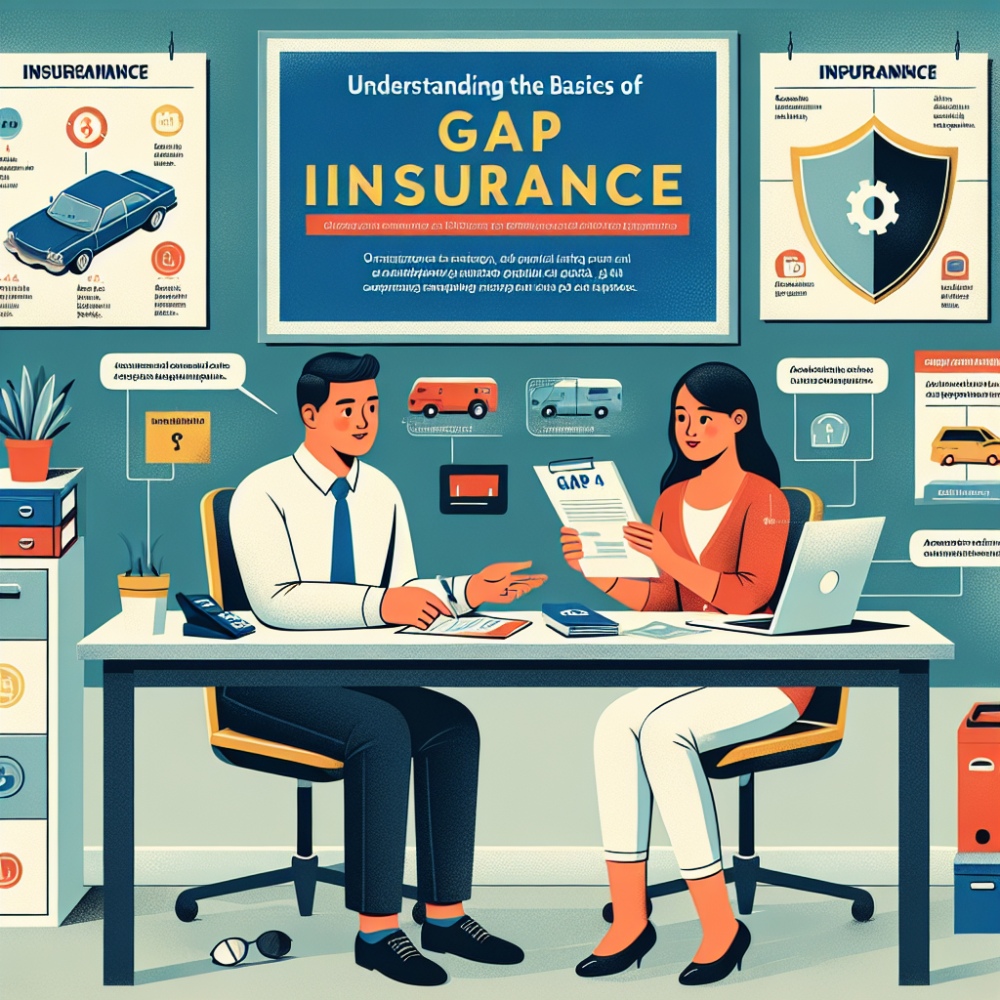Understanding the Basics of Gap Insurance

Posted on: Saturday, March 2nd, 2024
Gap insurance is a type of car insurance coverage designed to pay the difference between the actual cash value of a vehicle and the amount still owed on its financing or lease in the event of a total loss. It's a crucial safeguard for those leasing or purchasing a new car with a small down payment, ensuring financial protection against depreciation. This insurance is particularly important given the rapid depreciation of new vehicles within the first few years of purchase. Understanding gap insurance can save car owners from unexpected financial strain in unfortunate situations like theft or total loss in accidents.
Top 10 Key Points on Gap Insurance
What Gap Insurance Covers: It covers the 'gap' between the car's value and what you owe, but not other costs like extended warranties, credit life insurance, or late fees.
Cost: Typically, gap insurance is relatively inexpensive, especially when compared to standard auto insurance policies. It can often be purchased for a one-time fee or included in loan payments.
Where to Buy: Gap insurance can be bought from auto insurance companies, car dealerships, or online providers. However, costs and coverage can vary significantly, so it's vital to shop around.
When It’s Necessary: It's most beneficial for those who owe more on their loan or lease than the car’s actual cash value, especially during the initial years of new car ownership.
Understanding Depreciation: Vehicles can depreciate quickly, with new cars losing 20-30% of their value within the first year. Gap insurance is a way to protect your investment during this period.
Loan/Lease Requirements: Some lenders or leasing companies require gap insurance as part of the finance agreement, ensuring that their investment is protected.
How to Cancel: If the value of your car stabilizes and you believe gap insurance is no longer necessary, policies can often be canceled with a refund for the unused portion.
Claim Process: Filing a claim for gap insurance typically involves the same steps as regular car insurance claims, but additional documentation may be required to prove the value difference.
Exclusions: It's crucial to understand what your gap insurance does not cover, such as carry-over balances from previous loans or non-vehicle related add-ons.
Assessing Need: Regularly assess your vehicle’s value and your loan balance to determine if gap insurance is still a financially sensible choice for your situation.
Gap insurance serves as an essential financial tool for many drivers, offering peace of mind against the rapid depreciation of new vehicles. Understanding when it’s beneficial, where to purchase it, and how it can protect your investment can save you from potential financial pitfalls associated with owning a vehicle. As with any insurance product, it’s critical to assess your specific needs and circumstances to ensure that gap insurance is the right choice for you.